Over the course of your career, you’ve likely accumulated retirement assets in a 401(k), but if a job change is on the horizon, you might be wondering what to do with those assets. While I’ve outlined the four primary options below, I strongly recommend discussing them with your financial advisor before making a decision. There’s no need for you to be an expert on the inner workings of your specific 401(k) plan and the costs, investment options and tax implications that might arise from a change. It’s our job to understand the ins-and-outs of your plans and the course of action that will be most advantageous for you.
Option one: Roll assets over into your new employer’s plan. Many people choose this option because consolidating retirement plans can simplify managing your assets. If your new employer offers a better plan with more investment options, it’s likely your second-best option. Be sure to have your financial advisor evaluate the new plan, however. Many plans appear the same at face value if you don’t review 401(k)s regularly.
Option two: Keep the 401(k) with your former employer. Although not a common practice, you have a legal right to keep the plan with your former employer if it has more than $5,000 in it. This option might seem attractive due to the convenience of avoiding a change and because you’re familiar with the plan and its anticipated performance. However, the employer might be able to limit your access to funds, your ability to change investments within the plan or could charge extra fees. Ask your financial advisor to review the plan’s fine print closely.
Option three: Roll assets into an IRA. Most often, I recommend clients transfer assets out of their old 401(k) into an IRA. This option offers more control of your assets, especially with regard to investment options. If your 401(k) had Roth funds in it, you’re required to put those assets in a Roth IRA and the pre-tax amount into a Traditional IRA. Be aware that any funds sent directly to you rather than to the new investment firm – which many 401(k) providers prefer to do – must be put into your Roth or Traditional IRA within 60 days to avoid tax consequences. If you miss the deadline, you can’t undo the tax, so take care to involve your advisor and do not deposit the money into your checking or savings account.
Option four: Cash out your 401(k). I would rarely – maybe never – recommend this option. Its only advantages are that it affords you access to money quickly and gets you out of your former employer’s plan. However, even in the case of significant debt, medical bills, etc., there are often better solutions. If you cash out your 401(k) before the age of 59.5, there is a 10 percent penalty in addition to income tax. You must take the assets in a lump sum, but you typically lose about half the value of what was inside the plan.
A job change is often an exciting time, so congratulations! But in the flurry of change, don’t make a hasty decision about your retirement assets. You’ve worked hard to build them and now have a new chapter of your career to grow their value.
Blog by Andrew Barnes, Wealth Advisor.
Category: Financial Service Team




